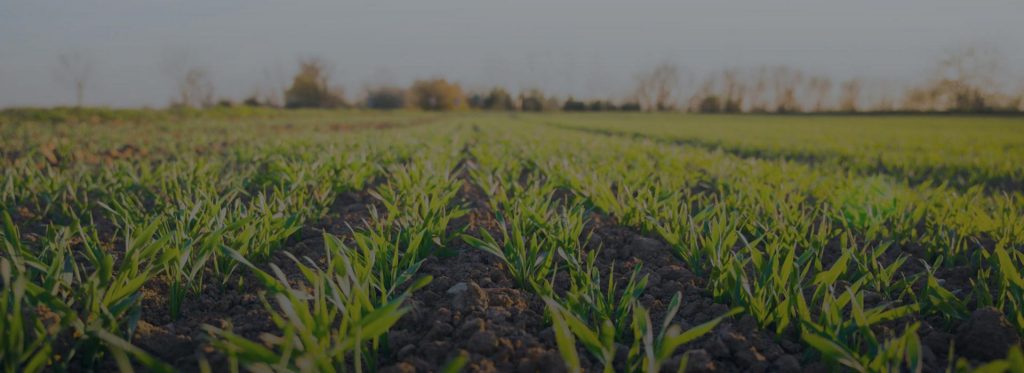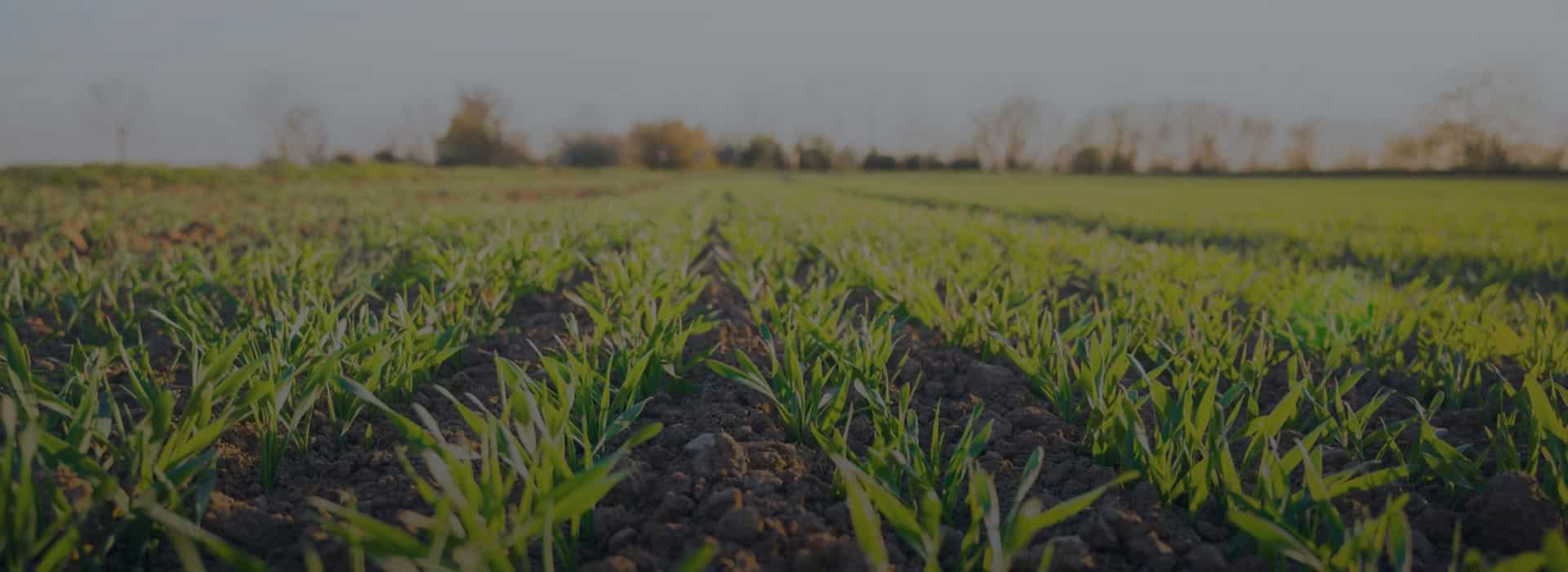What is Land Management?
Land is a resource that encompasses the natural resources used in production. Within this context, land is what nature provides, which includes minerals, forest products, and water.
While many of nature’s resources are renewable, they are by no means exhaustible and that is where management is needed. Simply stated, land management refers to the process of managing the use of land and its resources.
Now, the land is used for a variety of purposes which may include agriculture, forestry, water resource management, recreation, eco-tourism, etc. As such, management will differ depending on how the land is used.
How is Land Used in the United States?
USDA Economic Research Service classifies land by how it is used. There are approximately 1.9 billion acres in the United States that are classified by their use as follows:
- 34.5% for pasture/range – land is managed for forge production and grazing of livestock.
- 28.5% for forest – land is managed for the provision of a variety of forestry-related products and services.
- 20.6% for crop production – land is managed for the production food for humans and forage for livestock.
- 8.8% for areas designated for special use, e.g., national parks, wildlife areas, highways, railroads, military bases, est. – land is managed according to its designated function/purpose.
- 3.8% for urban areas – land is managed for human settlement.
- 3.8% for land designated as ‘Miscellaneous’ and having ‘low economic value’, e.g., deserts, marshes, cemeteries, etc. – land receives little to no management.
Regardless of how land is classified, all land must be managed to sustain a variety of land resources that are vital for providing food, shelter, and economic development.
The Importance of Land Management

The importance of managing land resources is linked to three major challenges/threats currently confronting societies globally. These challenges/threats are not independent of each other and are often related, and are:
- Pressures from increasing population – puts pressure on environmental resources that affect human livelihoods. For example:
- Increased demand for agricultural and forestry products.
- Increased demand for products with higher overall environmental burden.
- Increased urbanization that removes land from other productive purposes, such as agriculture.
- Climate change – highly complex and not easy to pinpoint. However, the impact of climate change is felt most in environmental changes. For example:
- Decreasing snowpack in western US mountains.
- Increased frequency, intensity, and duration of heat waves in parts of the country.
- Change in weather patterns.
- Unsustainable land use practices – for example,
- Certain agricultural land use practices, such as overgrazing, fertilization, and the use of agricultural chemicals, can enhance the growth of invasive plant species.
- Invasive plant species can alter ecosystems and the services they deliver for the benefit of human livelihood.
What Are Ecosystem Services?
Often taken for granted, ecosystem services are the many life-sustaining benefits we receive from nature that ensure we have clean air and water, fertile soil for crop production, pollination, flood control, amongst several other benefits. Ecosystem services are important to environmental and human health and well-being and must be protected at all costs.
What Is An Invasive Plant Species?
Invasive plant species are a major challenge/threat to all classes of land, except perhaps for deserts.
Invasive plant species are a unique class of organisms that can enter habitats, quickly become established, and change the nature of the habitat. It’s like the invasive plant species sneak in and try and act like they belong in their new habitat and can eventually become ‘habitat owners’.
As they are becoming established, the invasive plant species will do everything possible to get rid of native plant species within the habitat. If nothing is done to get rid of them, the invasive plant species may become the dominant species within the habitat with the ability to spread into new areas. Consequently, loss of plant biodiversity and ecosystem function will have negative impacts on ecosystem services and human livelihoods.
To minimize challenges and threats to land resources, land management must be implemented using well-defined principles.
Land Management Principles You Should Know
Land management involves using land within its capability to ensure the productivity and economic potential of the land is maintained, while ecosystem services, such as the ability of soils to retain water and fertility, are not diminished.
When land managers prioritize the prevailing economic, social, and environmental factors, the long-term sustainability and productivity of land resources is more likely to be assured.
General Land Management Principles
- Manage land according to its capability and limitations – based on an understanding of land resource areas and ecological processes.
- Work cooperatively with neighbors – to allow for effective management of landscape scale issues such as fire management, weeds, animal pests, and erosion.
- Ensure appropriate placement and maintenance of infrastructure – includes roads, bridges, soil conservation features, and waterpoints to minimize land degradation.
- Control of weeds and pests – to minimize the negative impact of invasive species.
- Develop a fire management plan – to conserve ecosystem biodiversity, protect forests, and manage pasture for grazing.
- Manage native forests for multiple purposes – implementing sustainable practices can improve timber production and grazing whilst enhancing ecosystem biodiversity values.
- Minimize on-farm energy use and waste – to reduce costs and environmental impacts.
Land Management Principles for Conserving Soil
- Maintain a high level of ground cover – to help prevent erosion and improve water quality.
- Adopt good grazing management practices – to maintain land in good condition, ensure good pasture utilization, and avoid overgrazing.
- Adopt sustainable cropping practices – to minimize or prevent soil health decline, soil acidification and erosion.
- Adopt sustainable irrigation and farming practices – to improve water use efficiency, minimize nutrient losses, run off and deep drainage, and conserve limited water supplies.
- Identify and control invasive species – to minimize negative impacts to soil, habitat, and ecosystem.
Land Management Principles for Conserving Biodiversity
- Protect and manage remnant vegetation and regrowth representing all original vegetation communities – to enhance diversity, resilience, ecosystem function.
- Maintain natural structural layers in patches of vegetation – to retain organic litter that provides habitat for a range of invertebrates, reptiles, birds, and mammals.
- Develop and implement fire management plans – to ensure fire regime maximizes biodiversity values.
- Identify and control priority weeds and pests – to minimize the impact of invasive weeds and pests.
Land Management Principles for Protecting Waterways and Wetlands
- Provide buffer zones around waterways, springs, and wetlands – to ensure land use and management practices do not adversely impact riparian and aquatic ecosystems.
- Protect and enhance native vegetation along waterways and adjacent to wetlands – to help minimize erosion, filter nutrients, provide habitat, maintain healthy aquatic functions, and protect water quality.
- Protect wetlands and floodplain features – to allow natural flooding and inundation to occur.
- Identify and control invasive aquatic species – to minimize establishment and prevent spread to other habitats.
Applying land management principles
Increasing population and climate change seem inevitable and are more difficult to address directly using land management principles.
On the other hand, land management principles can be applied to address the challenge of unsustainable land-use practices. For example, invasive plant species frequently infest land that has been subjected to unsustainable land-use practices, such as overgrazing. Visit Brewer International Land Management Products to view our products that can help.
Mitigating the impact of invasive plant species is an important undertaking that all land managers must embrace. Preserving our vital land resources helps us protect our food, shelter, and ecosystem services that sustain our livelihoods.
Brewer International products include adjuvants like Sun Wet (https://brewerint.com/product-
spotlight/sun-wet-surfactant-for-postemergence-weed-control/) and Sun energy which are designed to
enhance postemergence plant control. Visit https://brewerint.com to learn more.
Brewer International has been a leader in land and water chemistry since the 1980’s and for over 40 years has proudly served it’s national and regional distributors.
Our products are used widely across the United States in agriculture, aquatics, forestry, rights of way, and land management.
Our customers trust our dedication to quality ingredients, tried and true formulas, and positive outcomes.



